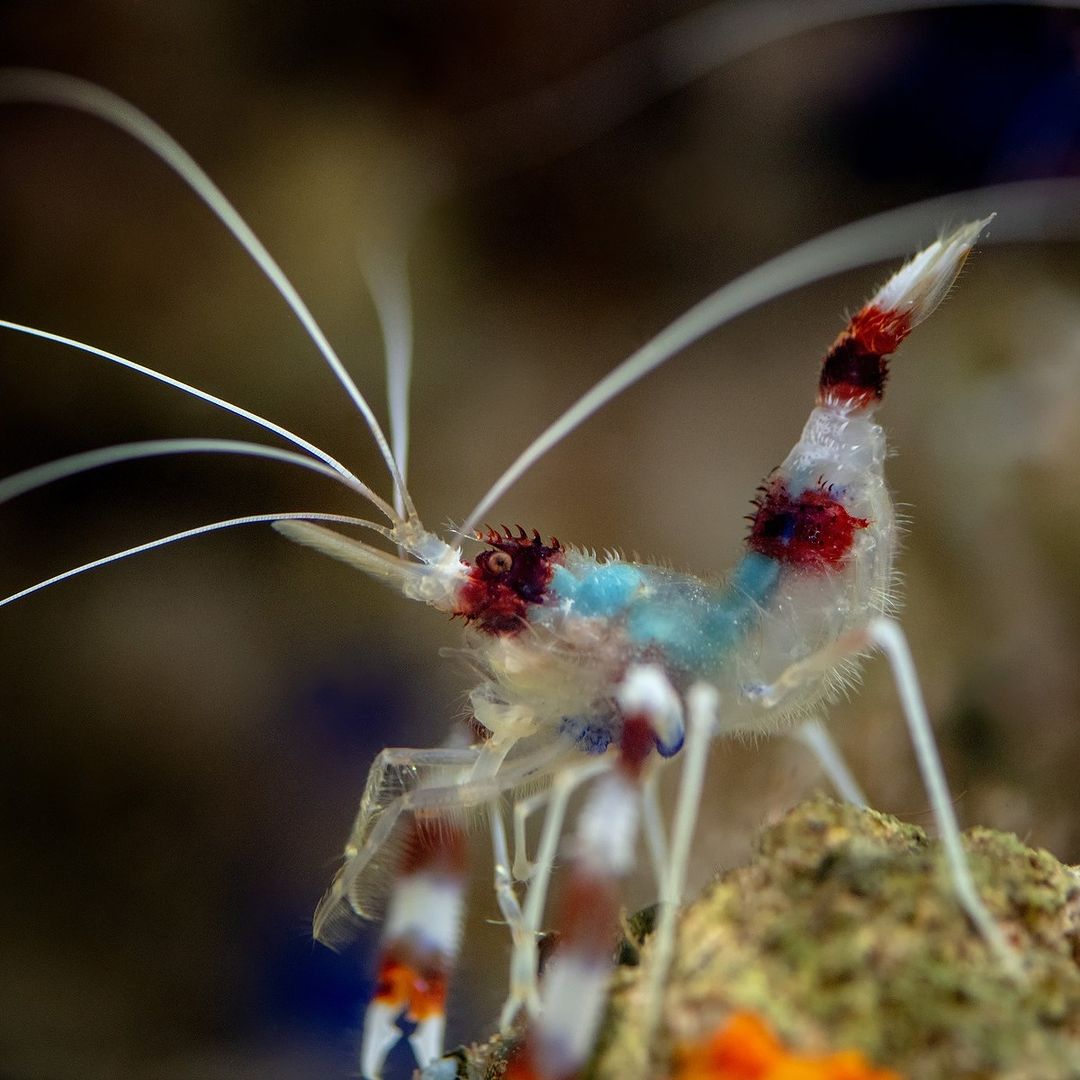Banded Coral Shrimp – A Fascinating Addition to Your Aquarium
The banded coral shrimp, scientifically known as Stenopus hispidus, is a colorful and fascinating addition to any aquarium. Native to the oceans of Indonesia, these shrimp are perhaps the most widely distributed in the sea. They usually hang upside-down in caves or crevices and can reach 7-10 cm long, with males being more petite and slender than females. The banded coral shrimp is easily recognizable by its characteristic bright red and white bands on their body and pincer claws, with the legs and antennae having a yellowish hue.
What Do Banded Coral Shrimp Eat?
Banded coral shrimp are omnivorous scavengers that feed on detritus, algae, small crustaceans, worms, and other invertebrates. They also act as cleaners for larger fish by removing parasites from their skin or gills. This makes them an ideal addition to any reef tank, where they can help keep it clean while providing an interesting visual element.
How To Care For Banded Coral Shrimp
When caring for banded coral shrimp, it’s essential to provide them with plenty of hiding places, such as live rock or caves, so they feel secure in their environment. Maintaining good water quality by performing regular water changes and monitoring nitrate levels is also essential. These shrimp are sensitive to copper-based medications, so it’s best to avoid using them if possible.
Breeding Banded Coral Shrimp
Breeding banded coral shrimp is relatively easy but requires specific conditions to reproduce successfully. The water temperature should be between 74-82°F (23-28°C) with a pH of 8.1-8.4 and a specific gravity of 1.020-1.025. It’s also essential that there is plenty of food available for both adults and larvae, such as brine shrimp or other small invertebrates like copepods or amphipods. Once the eggs hatch after about two weeks, the larvae will need additional food until they reach adulthood at around 6 months old when they can then be introduced into your aquarium system if desired!

